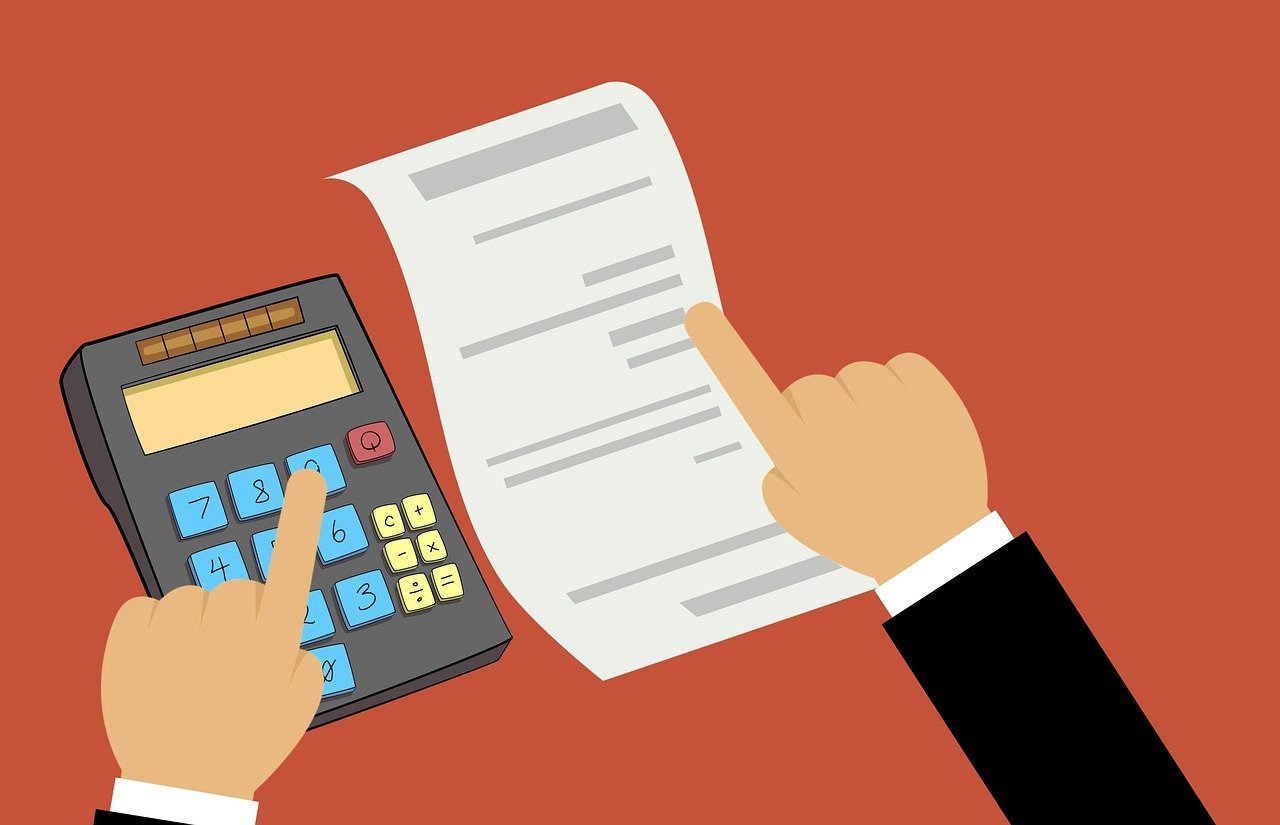Summary
Achieving financial stability and creating long-term wealth in the fast-paced world of today depends on knowing personal finance. Personal finance is your management of income, expenses, savings, investments, and financial objectives. Whether your financial path is new or you want to enhance your current plans, a strong basis in personal finance is crucial.
Covering the foundations of personal finance, this complete guide will provide professional insights, useful advice, and responses to often-asked issues. From the ground up, we will go over budgeting, saving, investing, debt management, and more to help you properly create wealth.
Learning Personal Finance
Personal Finance
Personal finance is household or personal control of financial events. It covers debt management, saving, investing, budgeting, and future financial need planning. Personal finance is to maximize your financial circumstances to attain stability, security, and expansion.
Essentials of Personal Finance
Monitoring income and expenses helps you to make sure you are living within your means.
Saving money for future needs or crises is 2.
- Investing: distributing money to assets with development potential.
- Debt Management Managing and paying back obligations sensibly.
Retirement planning is the financial preparation for life following employment.
Insurance helps one guard against unanticipated financial losses.
————
Budgeting: Foundation of Financial Health
Designing a Budget
A budget is a comprehensive scheme for your money distribution among several expenses. It guarantees that you can pay for necessary expenses and guarantees efficient management of your money, thereby enabling saving for future objectives.
Methods to Establish a Budget:
Record all of your sources of income—including wages, investments, and any side businesses.
List your expenses: separate fixed (rent, utilities) from variable (entertainment, dining out).
Create both long-term and short-term goals including saving for a vacation or retirement.
To keep inside your budget, divide your money toward savings and bills.
Review your budget often and change it as necessary to keep on target.
Money Tools and Apps
Many tools and applications can simplify the budgeting process:
Tracks expenditures, develops budgets and offers financial analysis under Mint.
Focuses on guiding consumers to allocate every dollar of their income in You Need a Budget (YNAB).
Combining investment tracking tools with budgeting tools, Personal Capital provides
Expert Views on Budgeting**
John Doe, financial planner:
“A budget is one of the best tools available for reaching financial stability. Creating and keeping one Understanding of where your money goes and changing your spending behavior will help you to make sure you are living within your means and saving for future needs.
Jane Smith, Master of Budgeting
“Managing your money would be much simpler if you used budgeting apps. They offer real-time tracking and analysis capable of guiding your financial decisions.
——
** Saving: Creating a Strong Financial Cushion**
Value of Saving
Building financial security requires savings of money. It lets you reach your goals—like funding college or purchasing a house—and offers a safety net for crises.
Kinds of Savings Accounts
One Emergency Savings Account is money set away for unanticipated costs including auto repairs or medical expenditures.
Compared to conventional savings accounts, High-Yield Savings Accounts provide more interest rates.
Fixed-term deposits with higher interest rates but limited access to cash constitute **Certificates of Deposit (CDs).
Strategies for Powerful Saving
To automatically move money from your checking account to your savings account,
Specify certain goals, such as saving for an emergency fund or a vacation, here.
Review your spending patterns and find places where you may cut unnecessary expenses.
Investing: Increasing Your Fortune
Essentials of Investing
Investing is distributing money to assets hoping for a return. A major component of attaining financial goals and developing riches is it.
Varieties of Investments
Stocks, or ownership shares of a corporation, Though they have more risk, stocks can provide great profits.
- Bonds: Loans given to companies or governments. Though their yields are usually smaller, bonds are seen as safer.
Mutual funds are investment instruments whereby several participants pool money to create a diversified portfolio.
Investing in real estate will help you either create capital appreciation or rental income.
Diversification and Risk Management
To lower risk, diversify your investments among several asset forms.
Evaluate your comfort degree with possible losses and modify your investment plan in line.
Professional Views on Investing
Michael Johnson is the Investment Advisor.
Managing investment risk requires diversification. Distribution of your investments throughout several assets helps to reduce the effect of market volatility on your portfolio.”
Emily Davis, the financial analyst:
“You really must understand your investment goals and risk tolerance. Make investments combining assets that fit your comfort level and financial goals.
—/-
Debt Management: negotiating obligations
Exploring Various Debt Types
One should be aware of high-interest debt resulting from credit card use.
- Student Loans: Loans sought out to pay for schooling.
Three: Mortgages used to buy real estate. - Auto Loans: Those for car purchases.
Payment Strategies for Debt
Using the Snowball Method, concentrate on paying off the least amount of debt initially and minimum payments on others.
Using the Avalanche Method gives debt with the highest interest top priority.
Combine several debts into one loan with a smaller interest rate.
Debt Management Expert Advice
Debt Specialist Robert Lee:
“First addressing high-interest debt will help you save money over time. If you find you unable to handle several obligations, think about debt consolidation.
Effective debt management depends on Sarah Thompson, Financial Counselor “building a reasonable repayment plan and following it. Check your development often and make necessary changes.
—/-
Future Planning: Retirement and Beyond
Significance of Retirement Planning
Making retirement plans guarantees that you will have the means to keep up your way of life once you stop working. It is future-oriented saving and investment.
Retirement Accounts and Alternatives
Employer-sponsored retirement plan with possibility for employer matching payments, 401(k
With regular and Roth choices, IRA (Individual Retirement Account) tax-advantaged retirement savings tool.
With contributions made after tax, a Roth IRA lets you tax-free withdrawals in retirement.
Strategic Long-Term Financial Planning
To create a sizable nest egg, routinely fund retirement funds.
Invest in assets with a prospective for growth to increase your retirement funds.
Change your savings targets to help you plan for rising retirement living expenses from inflation.
Extra Information**
Set of Financial Goals
Establishing reasonable financial objectives guarantees that you remain concentrated on what you want to achieve and helps direct your financial decisions.
Insurance and Risk Management
Insurance guards against unplanned financial losses resulting from accidents or health problems. Among the several forms of insurance are health, vehicle, house, and life.
Tax Thought
Knowing how your financial decisions will affect taxes can enable you to maximize your tax position. Think through deductions and tax-efficient investing plans.
————
FAQs
What would be the ideal approach to begin budgeting?
Track your income and expenses first; then, establish financial goals and draft a budget. Apply apps or budgeting tools to properly handle your money.
How much should I set away per month?
Try saving at least twenty percent of your monthly income. Change this figure depending on your income, spending, and financial objectives.
**Which kinds of investments are suitable for novices?
Start with low-risk assets including mutual funds or index funds. Experience will allow you to investigate certain stocks and other investing possibilities.
How might I efficiently handle my debt?
Apply techniques include the
use of the snowball or avalanche approach to settle debt. If necessary, take professional guidance or think about grouping debts.
**When ought I to start making retirement plans?{
Starting early in life will help you best prepare for retirement. Start making contributions to retirement accounts and modify your savings plan as your job develops.
—/-
Summary
Achieving financial stability and creating long-term wealth requires first mastery of personal finance. Understanding the main elements of personal finance—budgeting, saving, investing, and debt management—helps you to control your financial future.
This book has given you vital information and professional advice to negotiate your financial path. Use these techniques, create specific objectives, and routinely check your financial plans to make sure you keep on target.
Recall that personal finance is a lifetime of learning and adaptation. Keep educated, get expert guidance when necessary, and act early to protect your financial future.










